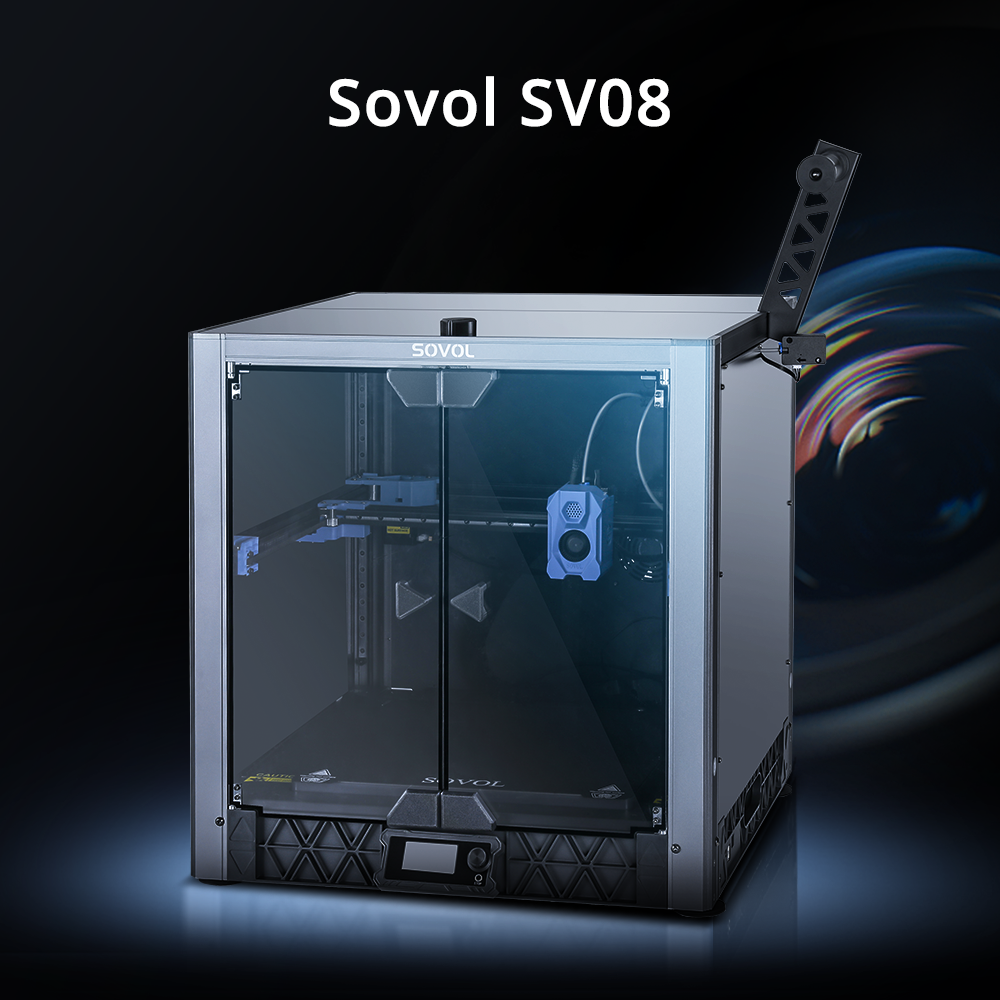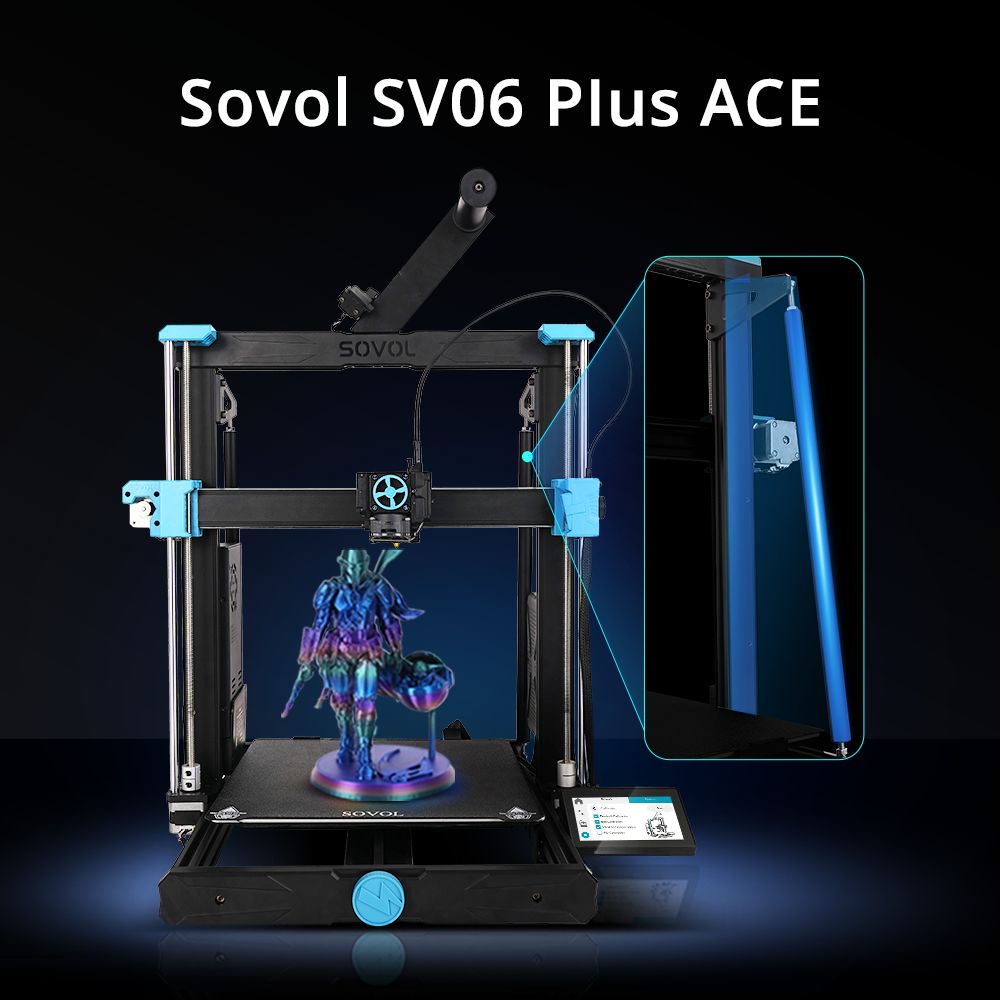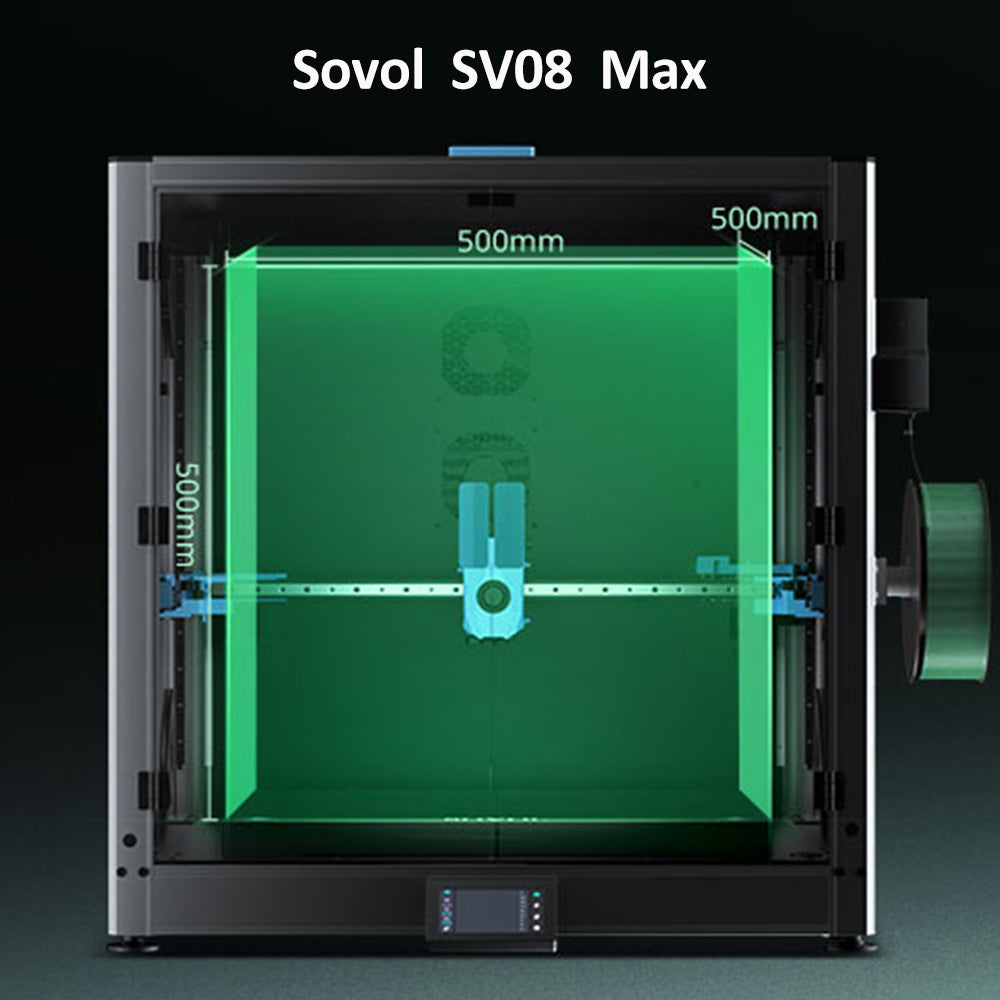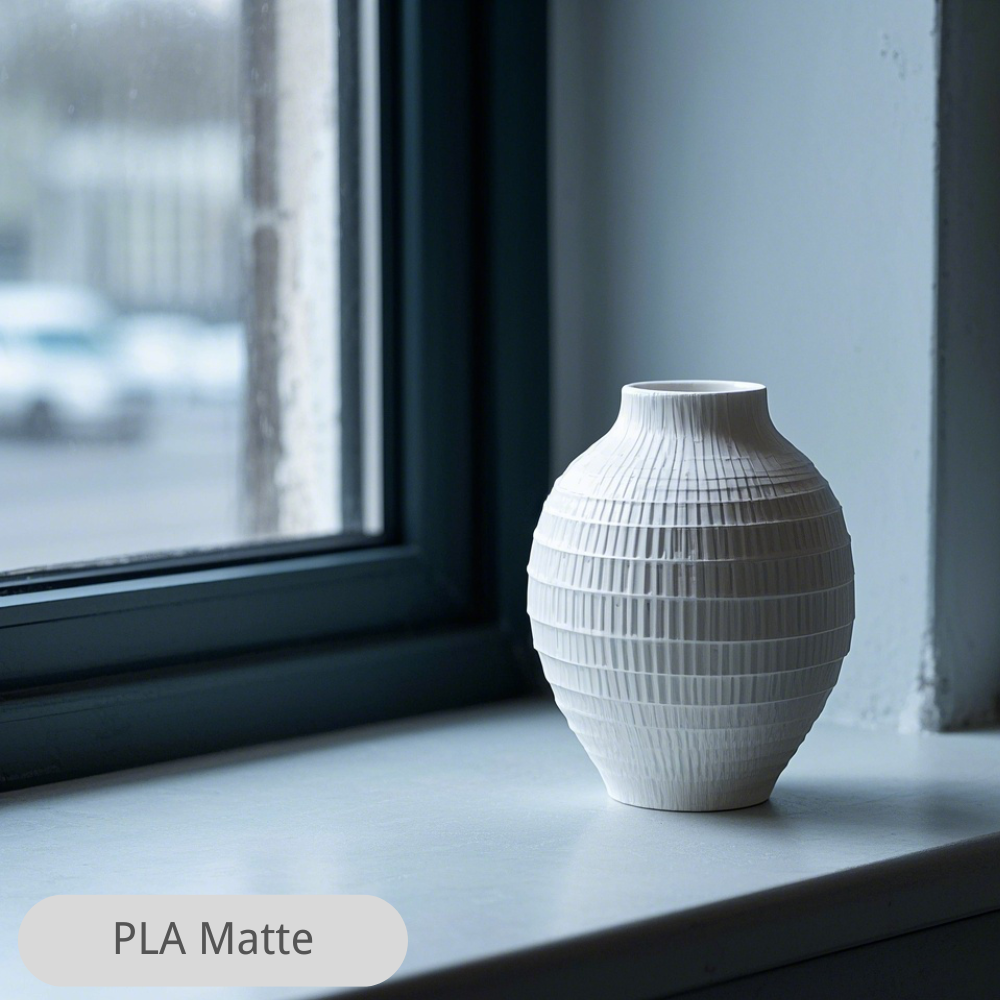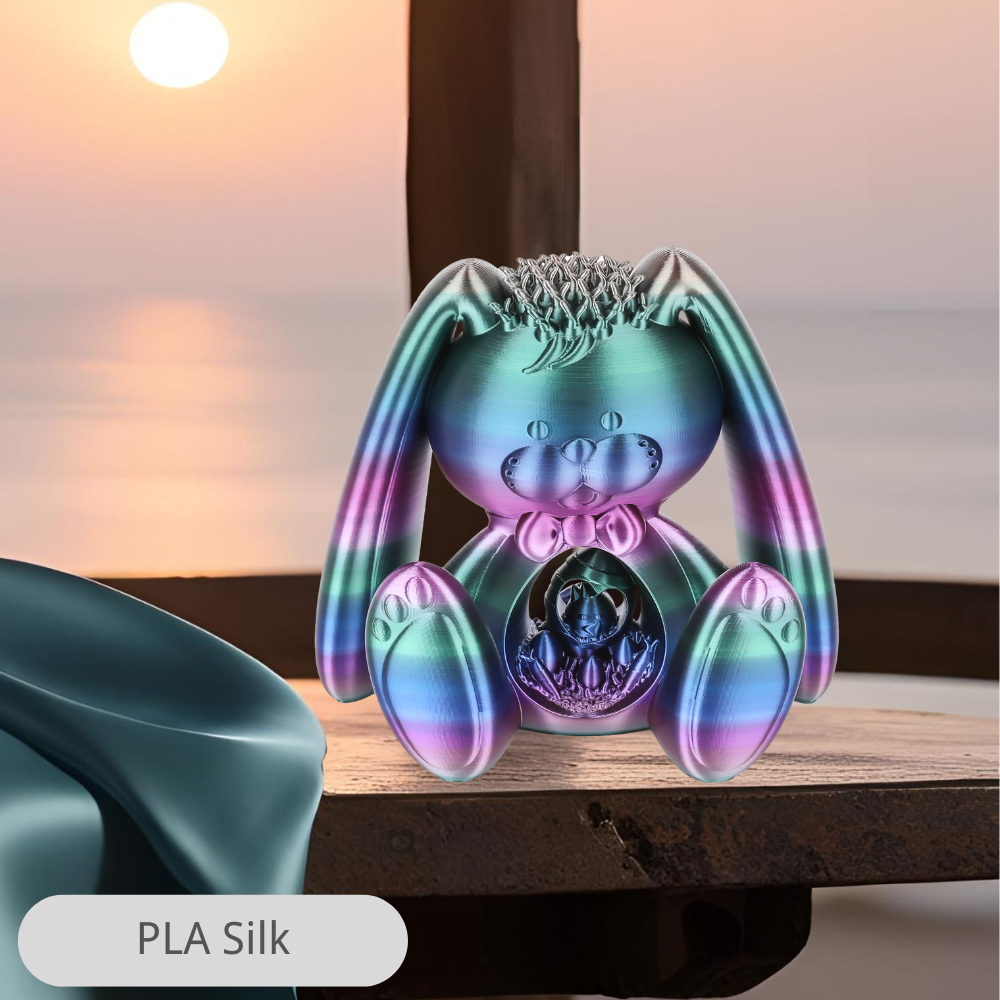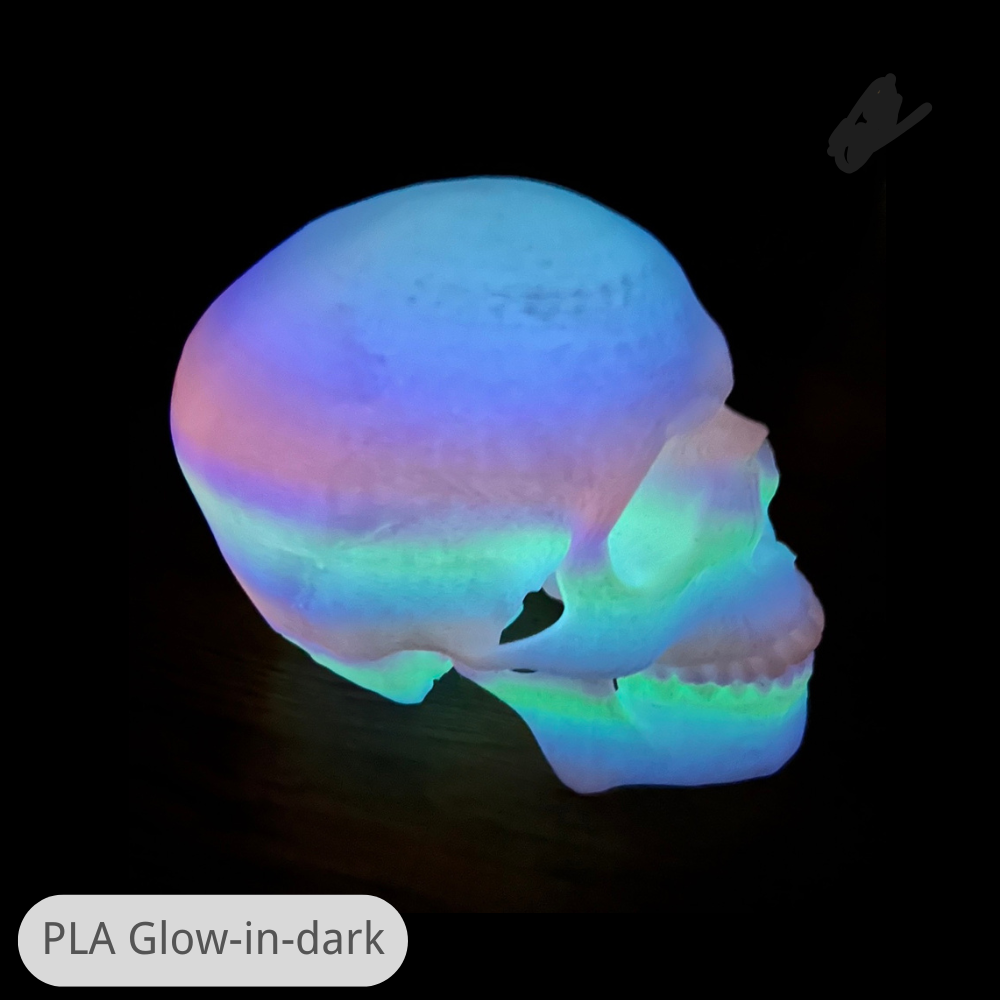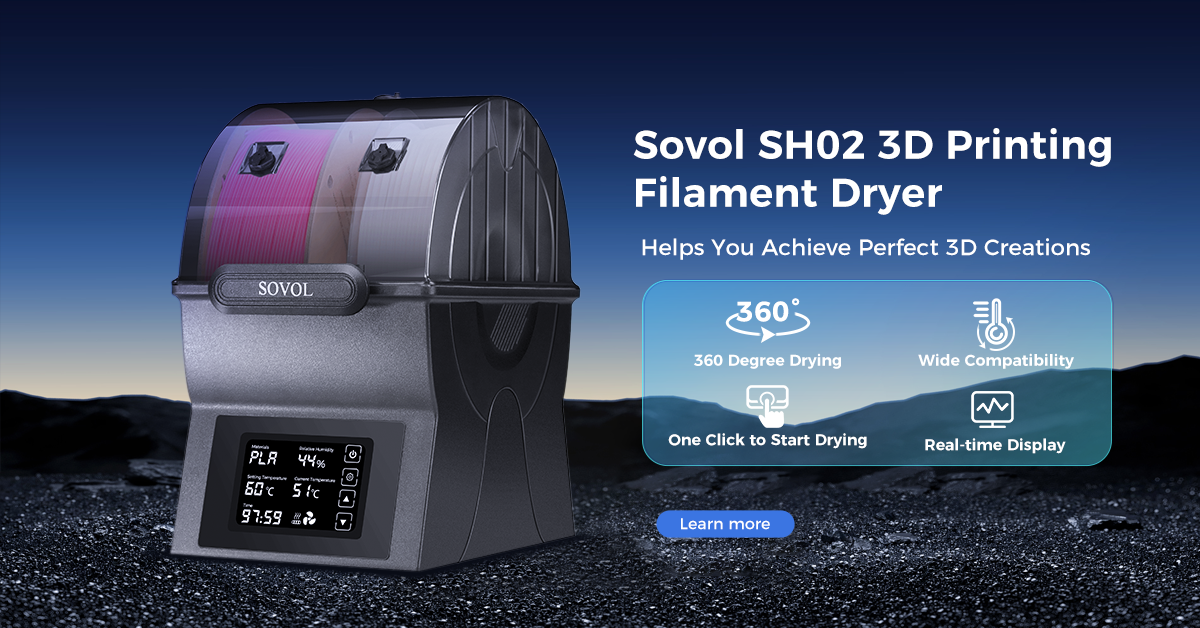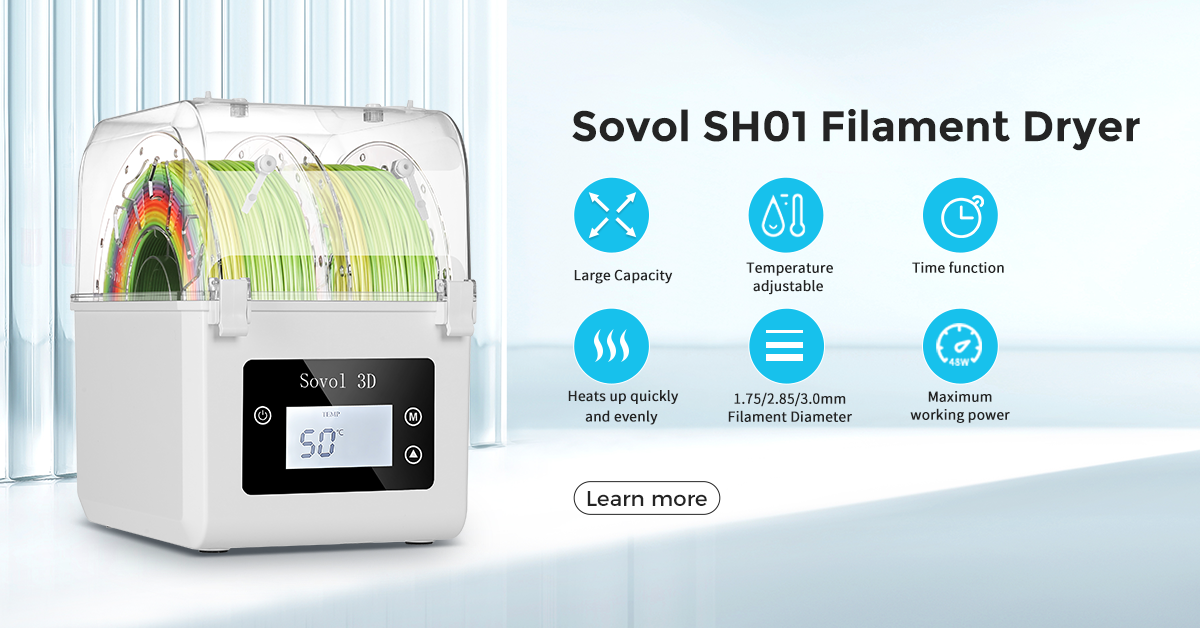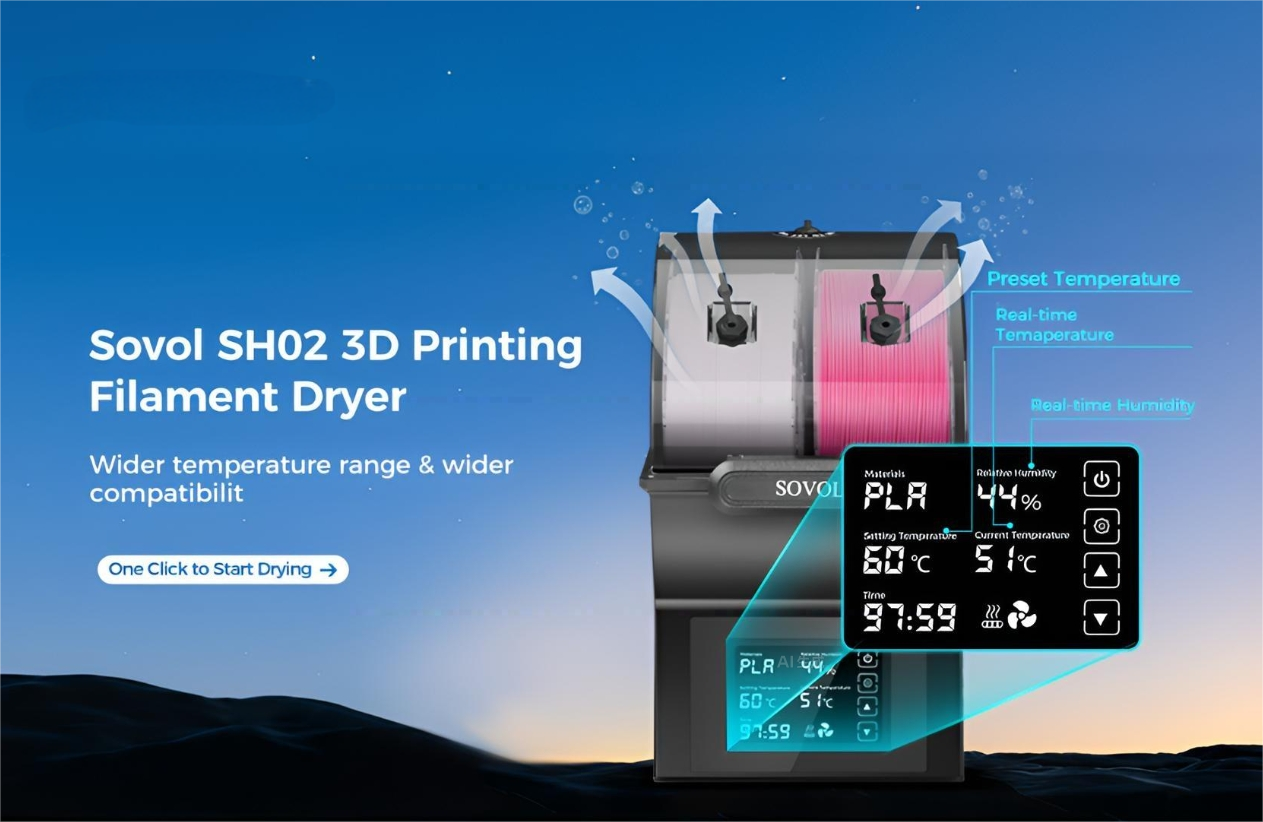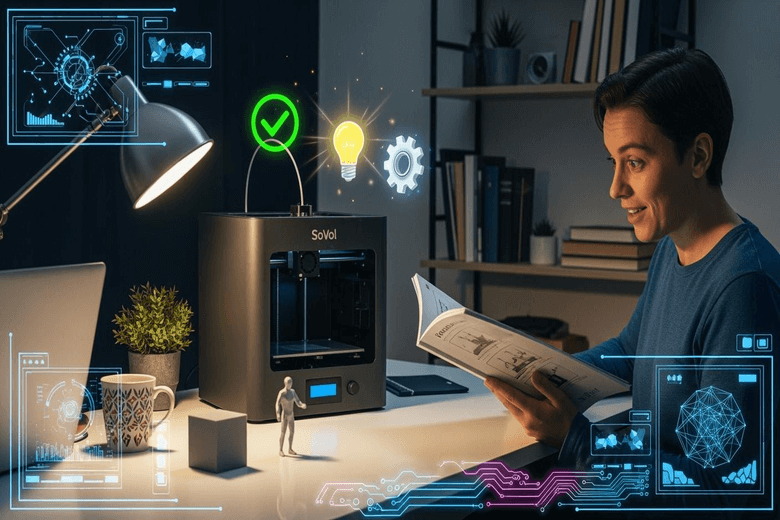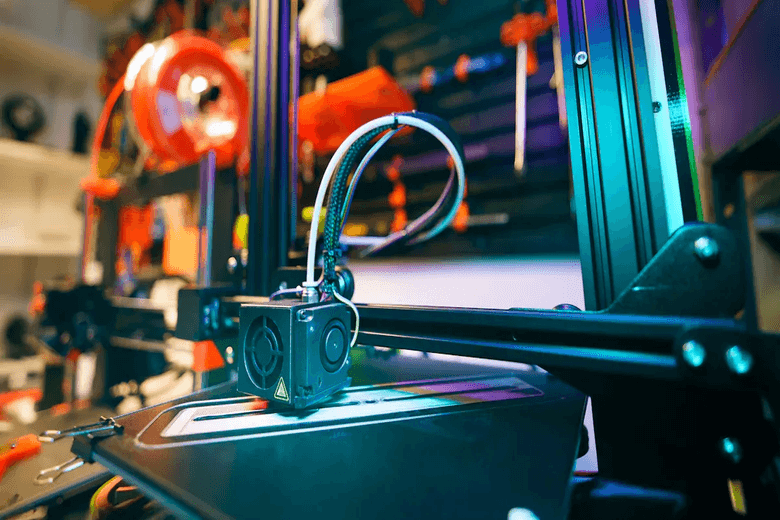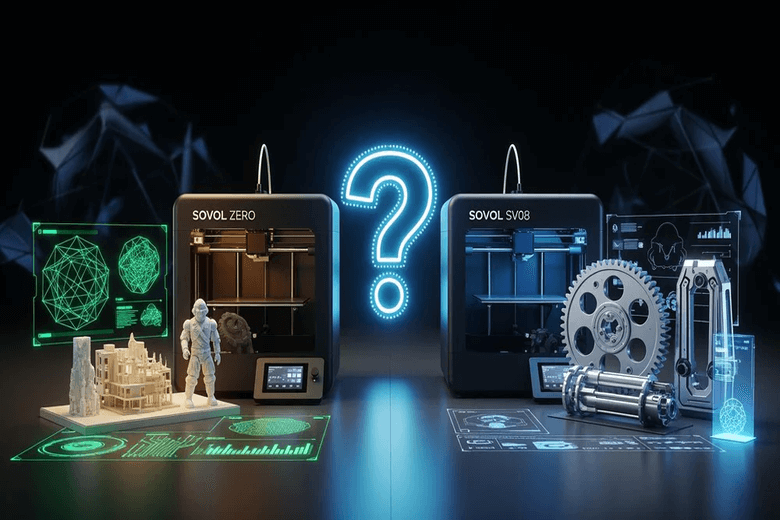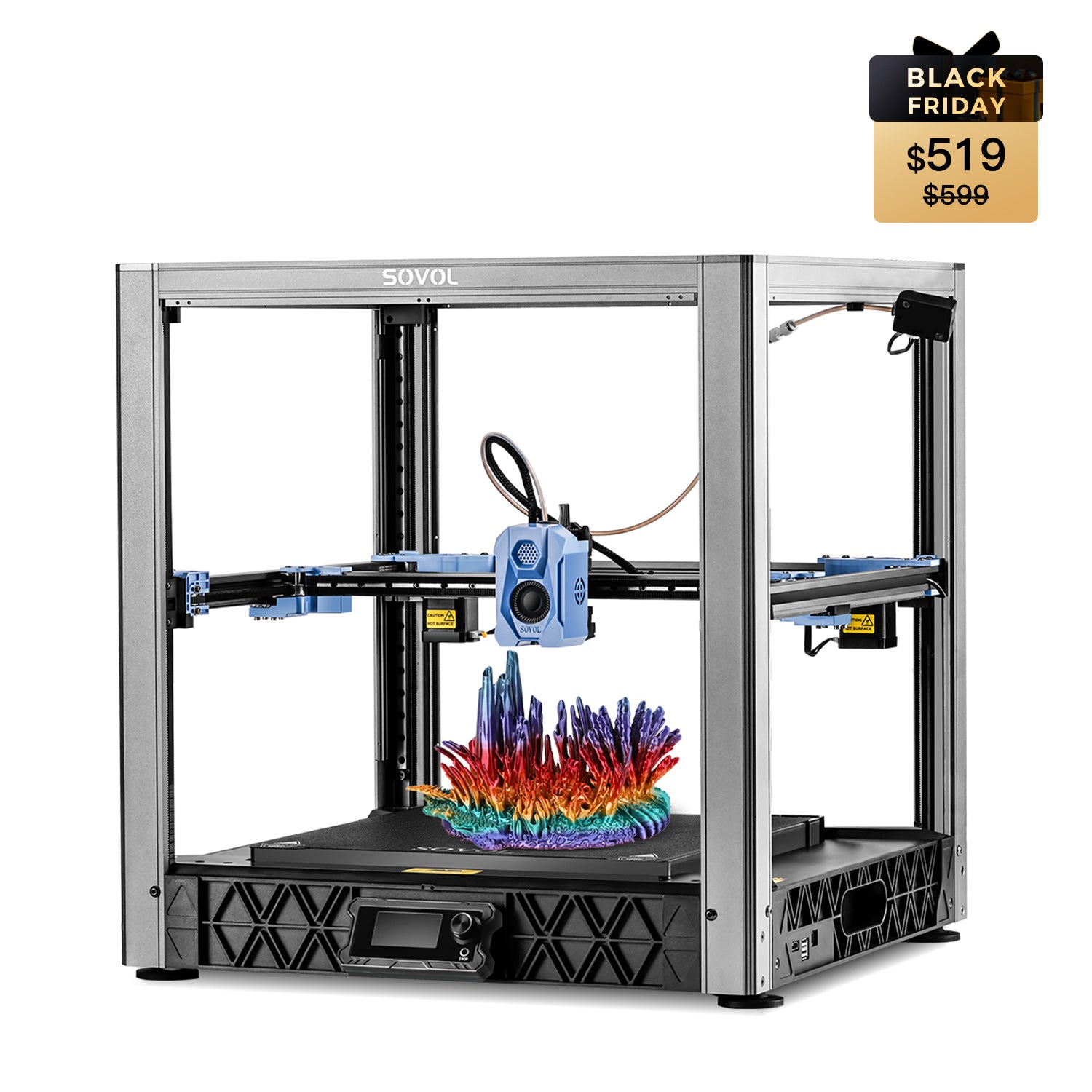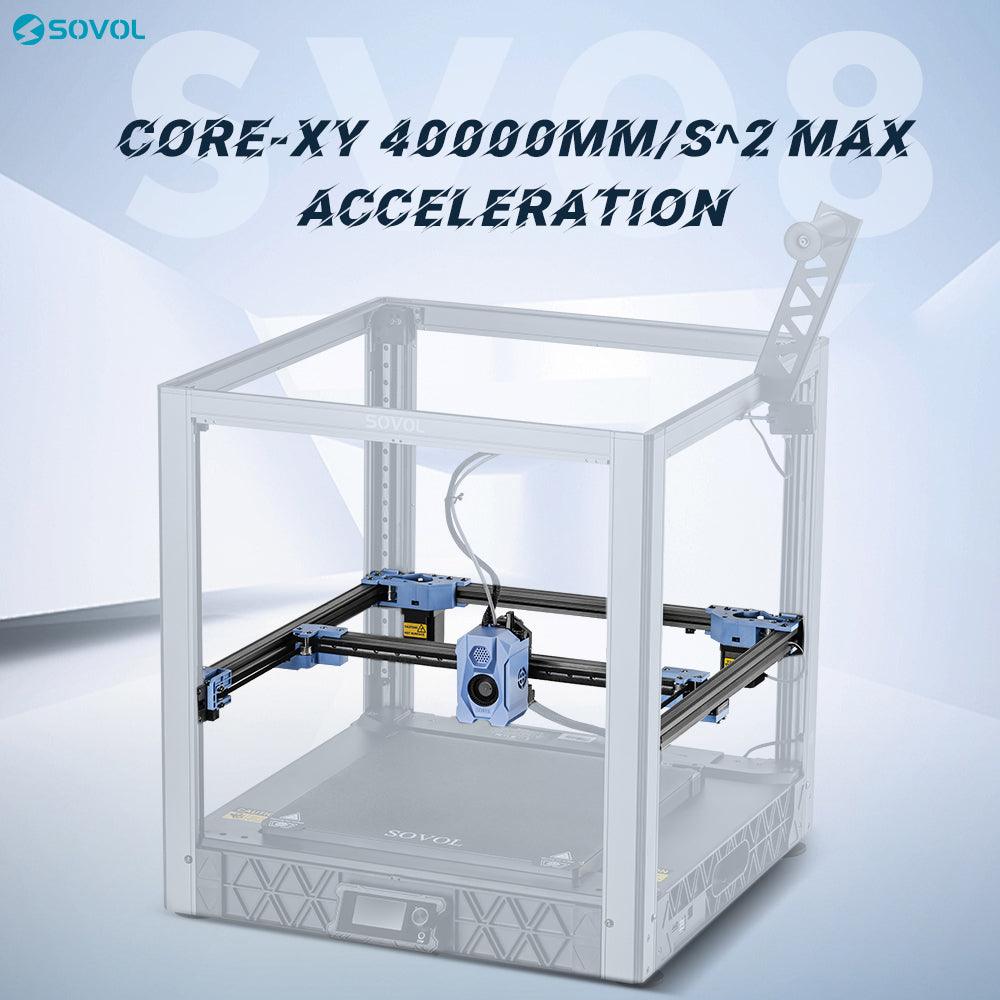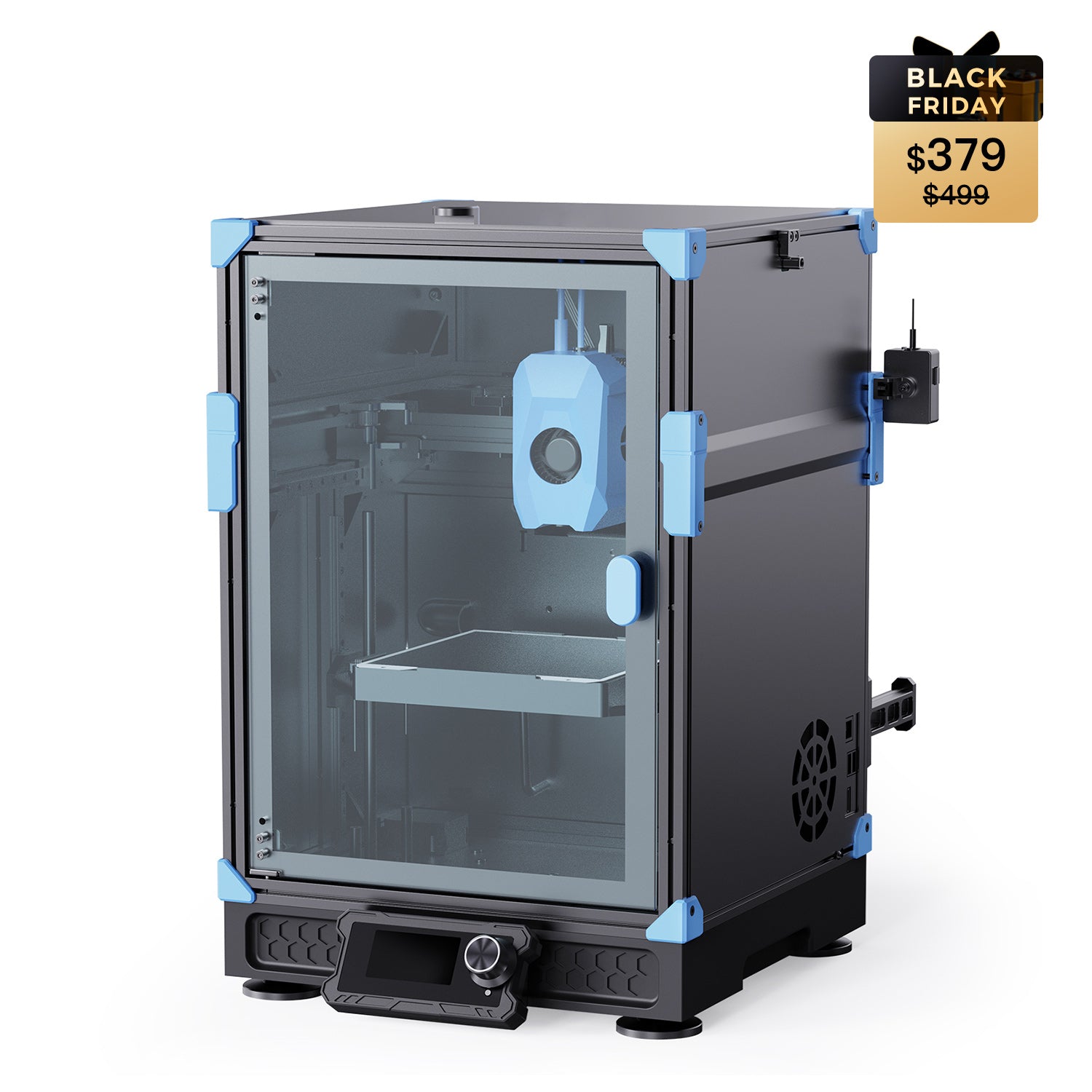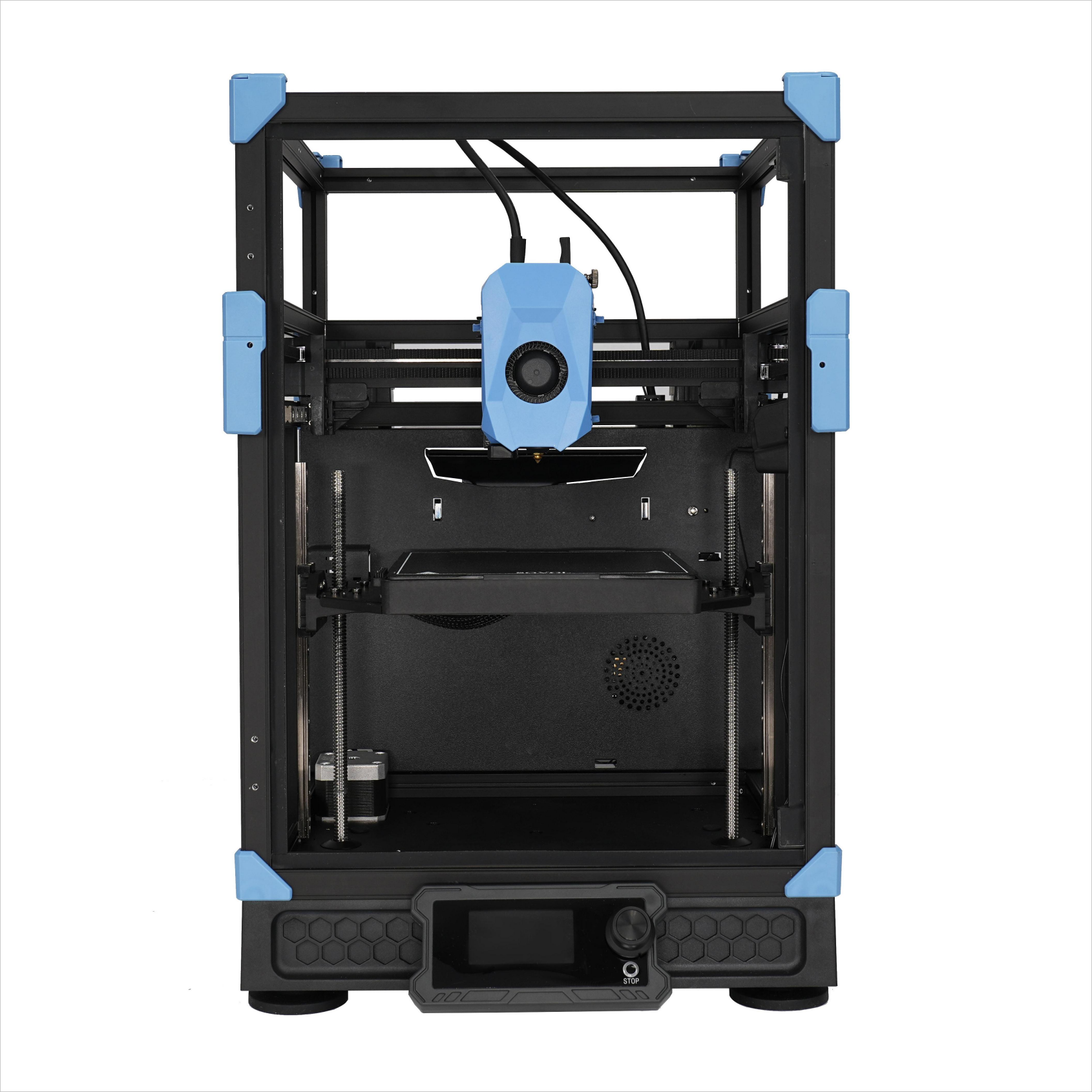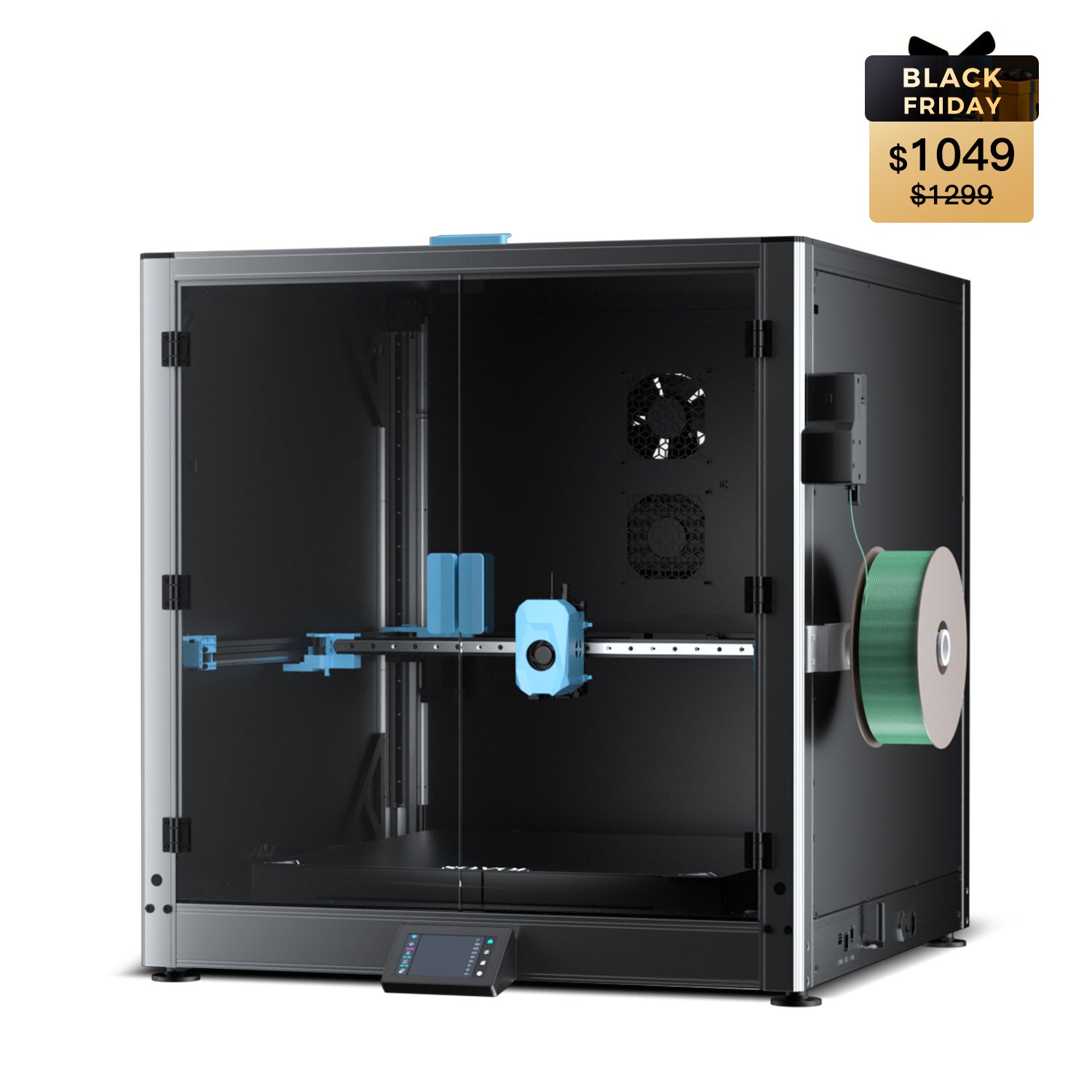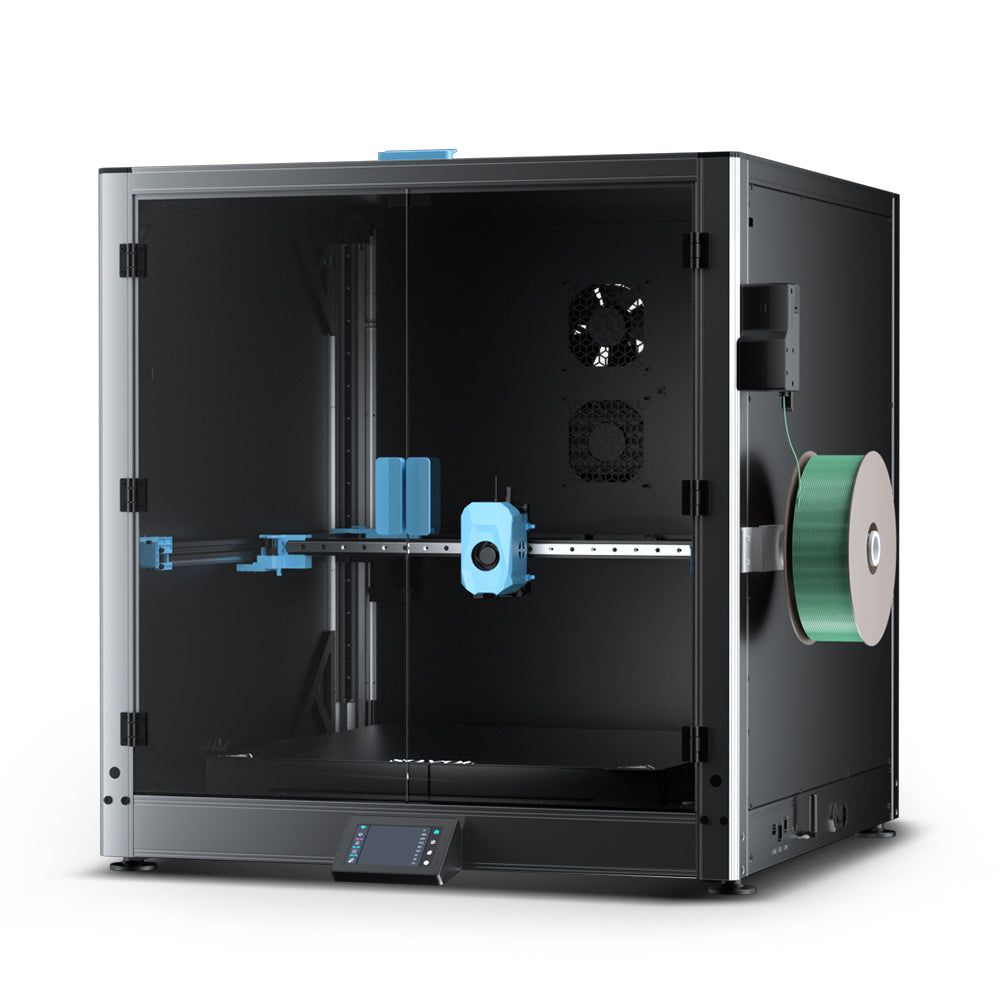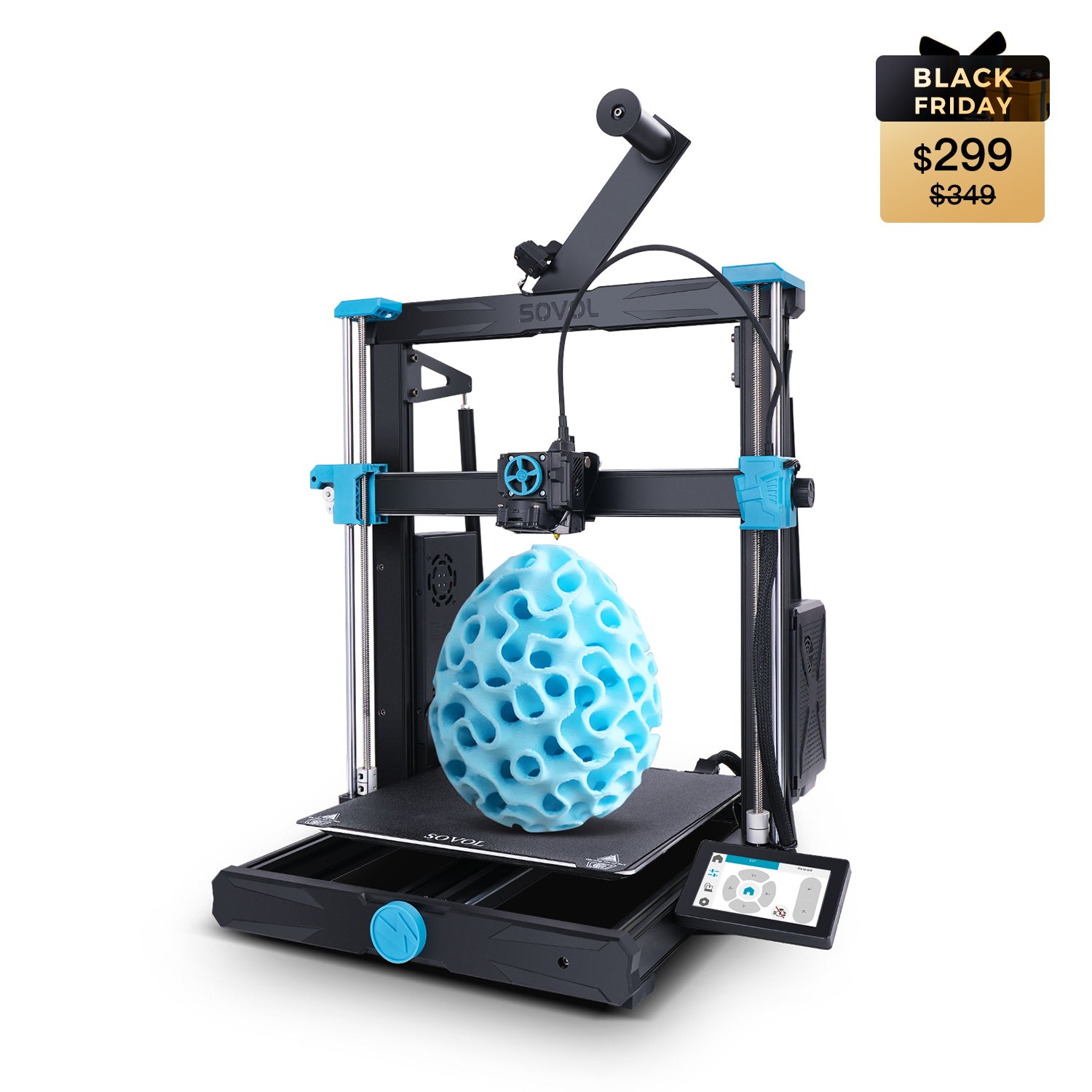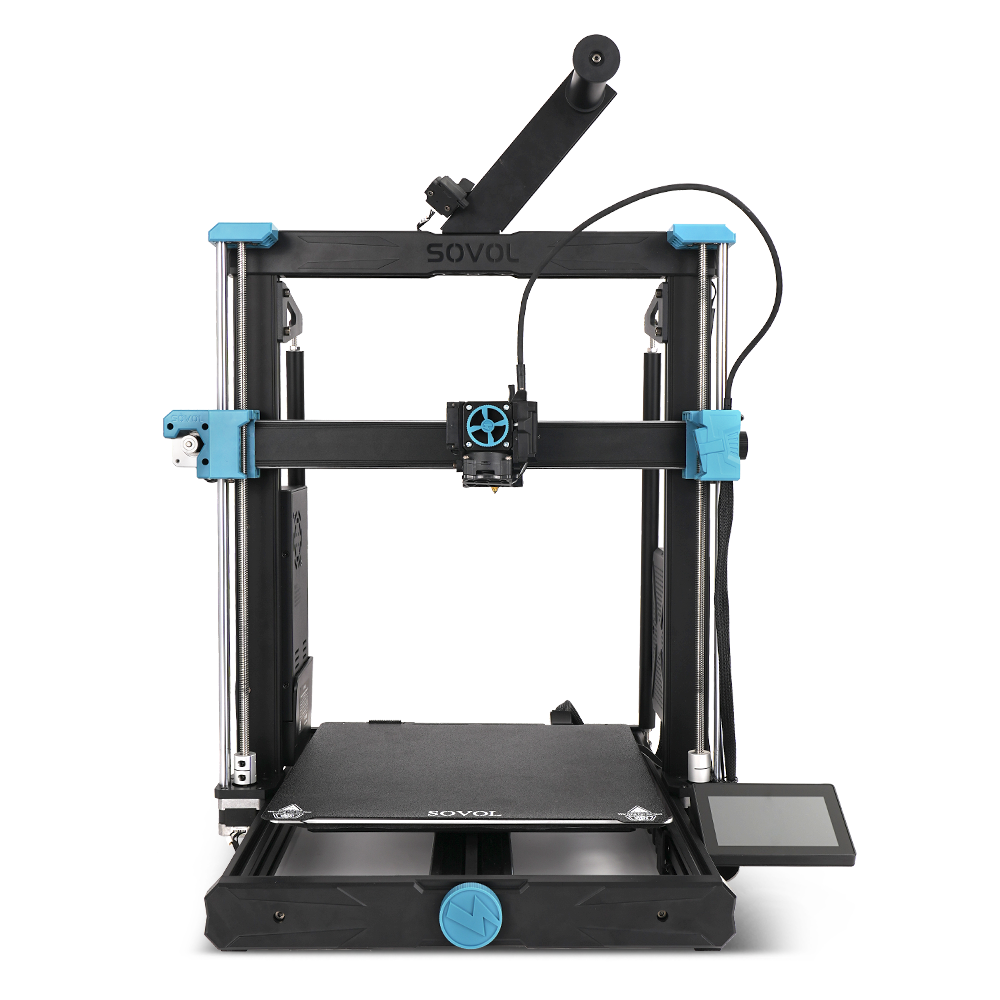When it comes to 3D printing, one of the often overlooked aspects of the printing process is the filament. To ensure your filament performs optimally, proper storage and maintenance are crucial. This is where filament dryers come in. In this guide, we’ll explore the importance of filament dryers, DIY solutions, and why the Sovol SH01 and SH02 could be the ideal choice for your 3D printing needs.
Why You Need a Filament Dryer?
Filament, particularly hygroscopic materials like PLA, ABS, Nylon, and TPU, absorbs moisture from the air over time. This can lead to a range of issues such as:
- Bubbling or popping noises during printing.
- Inconsistent layer adhesion.
- Weak, brittle prints.
To prevent this, a filament dryer is essential for keeping your filament in pristine condition, especially in humid environments. A filament dryer helps maintain the filament’s quality by removing excess moisture, which can dramatically improve your print quality.
Why not use desiccants directly?
Using desiccants (such as silica gel) to dry 3D printing materials (filament) is an economical and convenient option. Desiccants work by absorbing moisture to reduce ambient humidity. However, their moisture absorption efficiency and drying capability are usually limited. For hygroscopic materials like Nylon or TPU that have already absorbed moisture, desiccants may not effectively restore the filament to its ideal state, especially in high-humidity environments. Additionally, desiccants are not capable of providing continuous drying, their effects are uneven, and they struggle to thoroughly dry the filament.
DIY Filament Dryer Solutions: Affordable and Customizable
If you're looking for a cost-effective way to keep your filament dry without spending money on pre-built devices, there are several DIY filament dryer solutions that can do the trick. Many users on 3D printing forums and Reddit have shared their creative and practical DIY setups that are both functional and affordable.

1. The Basic Oven Method
A simple and widely used approach is the oven method, where you use your kitchen oven to dry filament. However, this method comes with certain risks, like the possibility of overheating or uneven drying.
Steps:
- Preheat the oven to around 50°C (122°F), depending on the material type.
- Place the filament on a baking sheet with parchment paper or aluminum foil.
- Leave it in the oven for 2-4 hours, checking periodically to avoid overheating.
This method is best for PLA and other low-temperature filaments. However, for more sensitive materials like Nylon, a specialized filament dryer might be a safer choice.
2. Desiccant-Based Storage
Another affordable and efficient solution is using desiccant (silica gel) to absorb moisture from filament spools. While this doesn’t "actively" dry filament in real-time like an oven or dedicated dryer, it is a good option for long-term filament storage.
How to Use:
-
Place the filament spool inside an airtight container along with several packets of desiccant.
-
This will prevent moisture from accumulating in the filament, although it might not be as effective for immediate drying before printing.
3. DIY Box with Heat and Fans
A more hands-on and custom approach involves building a drying box with a heat source and fans to circulate warm air around the filament. Many hobbyists have used old desktop computer fans, combined with a light bulb or heat pad, to create an affordable filament drying chamber.

Materials:
- A wooden or plastic box.
- A low-power light bulb or small heater pad.
- Computer fans or small air circulators.
- Humidity sensor to monitor conditions.
- Temperature sensor.
- If different filaments are required, a temperature control system needs to be added.
This DIY solution can dry a few spools simultaneously and offers a more consistent heat source than the oven method.
It is important to pay attention to the appropriate temperature when drying different types of filaments to ensure they remain in optimal condition and provide the best print results.
| Filament | Dryer Temperature | Drying Time (Hous) |
| PLA | 55°C (131°F) | > 6 |
| ABS | 65°C (149°F) | > 6 |
| PEGT | 65°C (149°F) | > 6 |
| Nylon | 75°C (167°F) | > 24 |
| Desiccants | 65°C (149°F) | > 6 |
| PVA | 45°C (113°F) | > 24 |
| TPU/TPE | 55°C (131°F) | > 8 |
| ASA | 65°C (149°F) | > 8 |
| PP | 55°C (131°F) | > 6 |
| HIPS | 65°C (149°F) | > 8 |
| PC | 75°C (167°F) | > 12 |
| PEEK | 120°C (248°F) | > 24 |
Note: It varies in different environments, and the data is based on:
- Ambient RH: 50%
- Ambient Temp: 25°C (77°F)
Sovol SH01 and SH02: Professional Solutions for Filament Drying
While DIY solutions work great for hobbyists on a budget, dedicated filament dryers offer a more streamlined and efficient approach. Sovol SH01 and SH02 are standout products in the filament dryer market that provide robust drying capabilities for different filament types.
Sovol SH01: Compact and Efficient
The Sovol SH01 is a compact filament dryer that combines portability with professional-grade drying. It is designed to work with a variety of filaments, including PLA, ABS, PETG, and TPU, making it a versatile choice for anyone using multiple filament types.

Key Features:
- Adjustable temperature settings between 40°C (104°F) to 50°C (122°F), perfect for a range of filament materials.
- One-click drying: preset temperatures for different materials
- Real-time display: real-time display of temperature and humidity in the drying room.
Users in various online forums have praised the SH01 for its consistent performance and easy-to-use interface, making it an ideal choice for those who need a no-fuss solution for keeping their filaments dry.
Sovol SH02: Advanced Features for Enthusiasts
For those who require even more control over their filament drying, the Sovol SH02 takes things up a notch. It comes with advanced features, including a more sophisticated drying system and multiple drying modes, making it perfect for serious 3D printing enthusiasts.

Key Features:
- Adjustable temperature settings between 40°C (104°F) to 70°C (158°F), perfect for a range of filament materials.
- One-click drying: preset temperatures for different materials.
- Real-time display: real-time display of temperature and humidity in the drying room.
- User-friendly touchscreen interface for easy temperature and humidity monitoring.
The SH02 has become a favorite among 3D printing communities for its high efficiency and reliable results, with users noting that it consistently keeps their filaments dry even in humid environments.
What Users Are Saying: Insights from the 3D Printing Community
On platforms like Bambulab Forum and Reddit, users have shared their experiences with various filament dryers. Many highlight the convenience and reliability of dryers like the Sovol SH01 and SH02 for daily use. Here's a glimpse of what users typically recommend:
- “A dryer like the Sovol SH02 saved me a lot of time. No more worries about humidity or drying filaments every time I need them.” – Reddit user
- “I built my own filament dryer, but after using the SH01, I noticed the difference in print quality. It’s worth the investment if you print often.” – Forum user
Conclusion: Should You Go DIY or Invest in a Sovol Dryer?
For hobbyists or those with limited budgets, DIY filament dryers are a great option. Simple setups like the oven method or desiccant storage can be enough to keep filaments in good condition, especially if you don’t print frequently.
However, if you are an avid 3D printer or professional maker, investing in a Sovol SH01 or SH02 could be well worth the cost. These dryers offer a higher level of precision, ease of use, and reliability, ensuring that your filament remains in optimal condition for every print.
Ultimately, the choice between a DIY solution and a Sovol filament dryer depends on your specific printing needs, budget, and how often you print. Either way, keeping your filament dry will significantly enhance the quality and reliability of your 3D prints.

